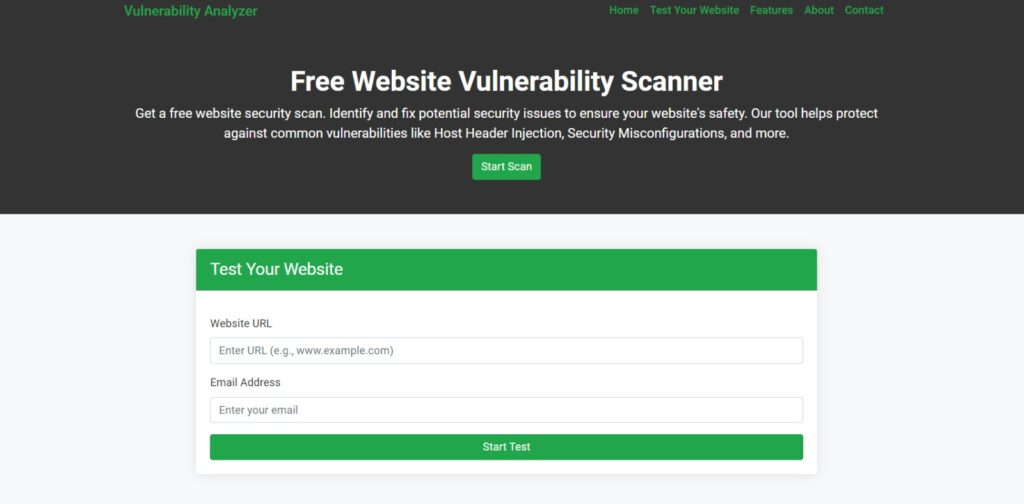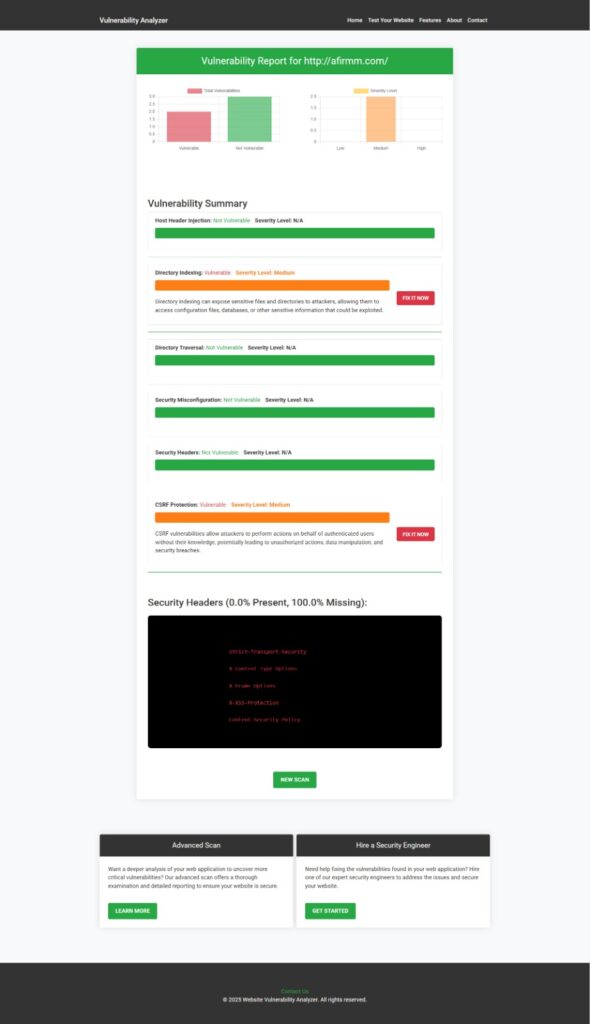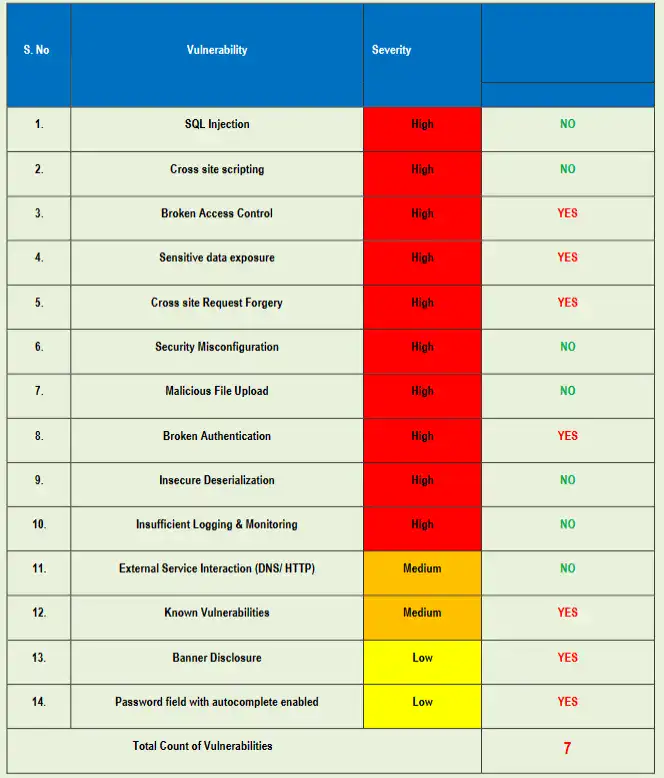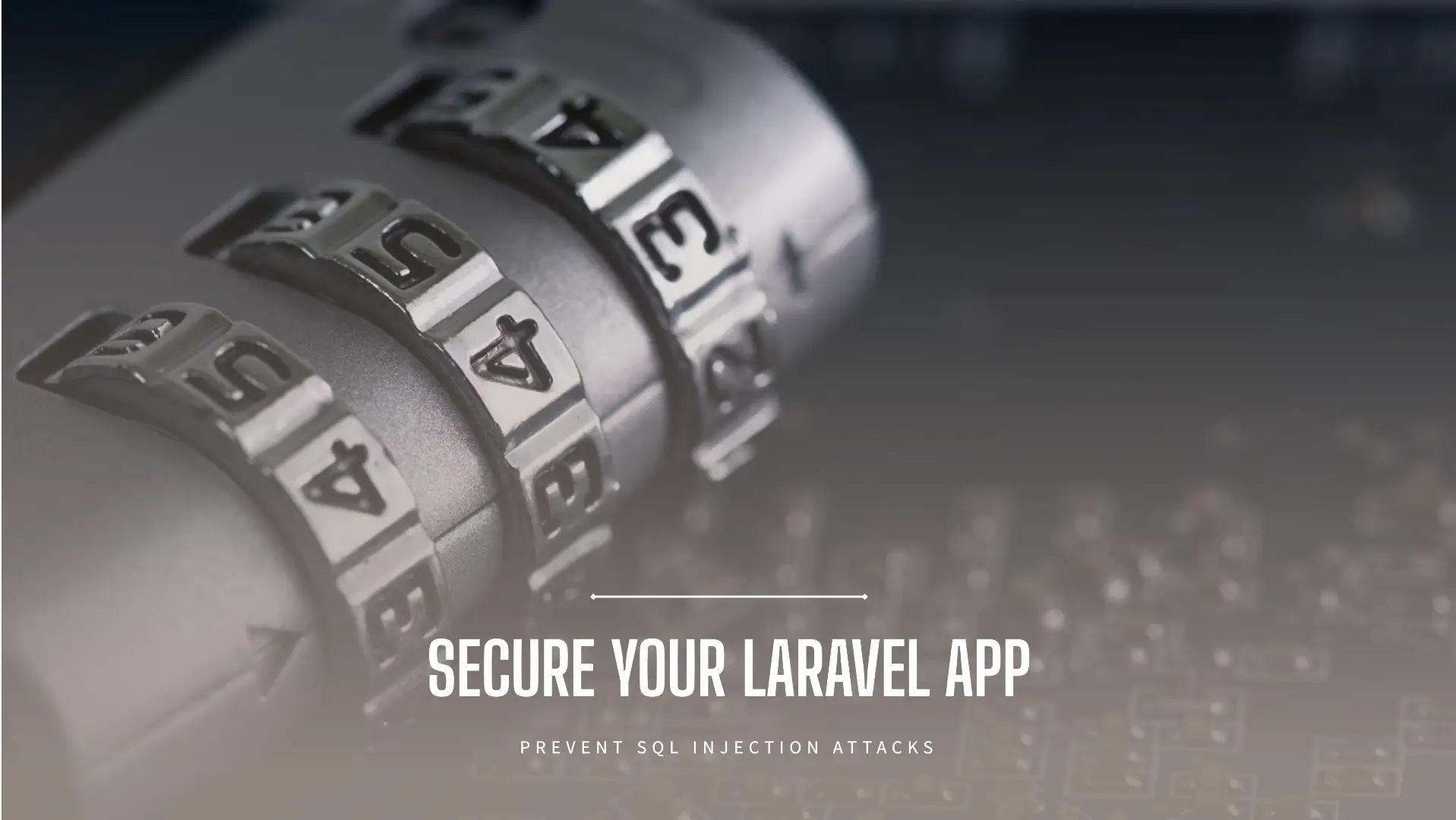Prevent Sensitive Data Exposure in Laravel
Sensitive data exposure is a critical vulnerability in web applications, often leading to severe consequences like identity theft, fraud, or reputational damage. Laravel, a widely used PHP framework, offers robust security features, but improper implementation can still leave your application exposed. This guide covers strategies to prevent sensitive data exposure in Laravel, complete with coding examples and tools.

Understanding Sensitive Data Exposure in Laravel
Sensitive data exposure occurs when applications fail to protect sensitive information such as user credentials, credit card details, or personal identifiers. Common causes include:
- Unencrypted data storage or transmission.
- Weak encryption algorithms.
- Improper access controls.
Securing Sensitive Data in Laravel
- Use HTTPS for Secure Communication
Ensure that your Laravel application uses HTTPS for encrypting data transmission. Update your.envfile to reflect this change:
APP_URL=https://yourwebsite.com- Implement Encryption with Laravel’s Built-In Functions
Laravel provides easy-to-use encryption features. Use theencrypt()anddecrypt()functions for sensitive data.
use Illuminate\Support\Facades\Crypt;
$encrypted = Crypt::encrypt('Sensitive Data');
$decrypted = Crypt::decrypt($encrypted);
echo $encrypted; // Encrypted data
echo $decrypted; // Original data- Database Encryption
Store sensitive data encrypted in your database using Laravel’s Eloquent Mutators.
protected $casts = [
'sensitive_column' => 'encrypted',
];- Mask Sensitive Data in Logs
Ensure that sensitive data does not appear in application logs. Modify your logging configuration:
'dont_log' => [
'password',
'credit_card_number',
],Real-Time Vulnerability Assessment
Below is an example of a security checker from our free tools. This tool can help identify potential sensitive data exposure in your Laravel application.

Secure Sensitive APIs
Laravel makes it easy to secure APIs with token-based authentication. Use Laravel Sanctum for managing secure API tokens:
use Laravel\Sanctum\HasApiTokens;
class User extends Authenticatable
{
use HasApiTokens, Notifiable;
}Test your API endpoints for vulnerabilities using the tools provided by Pentest Testing Corp.
Vulnerability Report Example
Here’s an example of a vulnerability assessment report generated by our test website security free tool. The report highlights exposed sensitive data and provides actionable recommendations.

Related Resources
For further protection, explore our guide on fixing broken authentication in RESTful APIs. Additionally, learn how to prevent IDOR vulnerabilities in Laravel.
💡 Are you a developer or an IT agency?
You can now offer our pentesting services under your brand or earn referral commissions.
👉 Explore our Agency Partner Program:
https://www.pentesttesting.com/offer-cybersecurity-service-to-your-client/
Conclusion
Sensitive data exposure is preventable with proactive measures and robust frameworks like Laravel. Use tools, follow best practices, and continuously monitor vulnerabilities to secure your applications. Don’t forget to check out other Laravel security tips like How to Fix Security Misconfigurations in Laravel Quickly.
Stay ahead of cybersecurity threats by leveraging our free tools and resources to ensure optimal security for your applications.


Pingback: Best 5 tips to Prevent Sensitive Data Exposure in RESTful APIs
Pingback: How to Fix Security Misconfigurations in Laravel: Top 3 tips